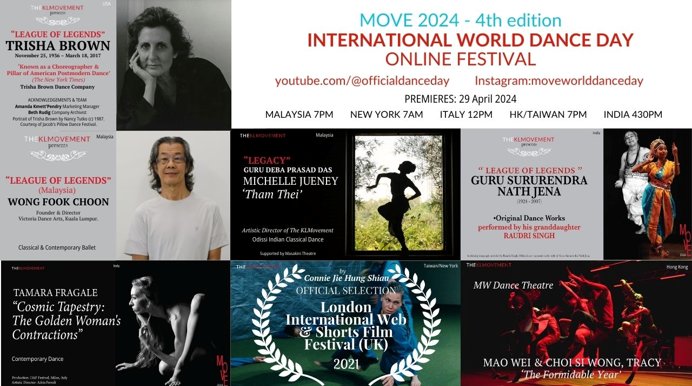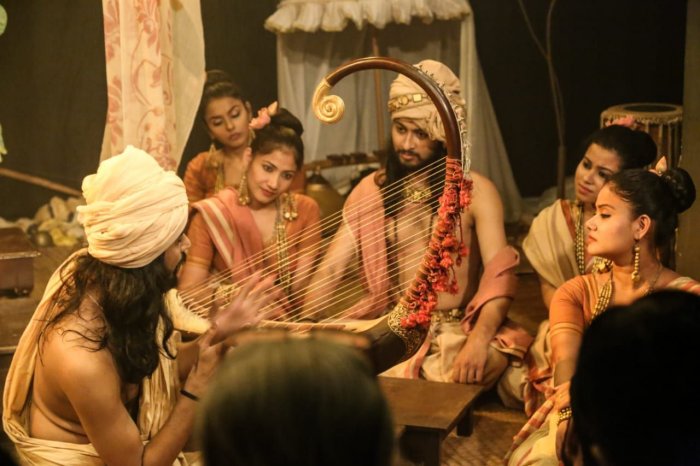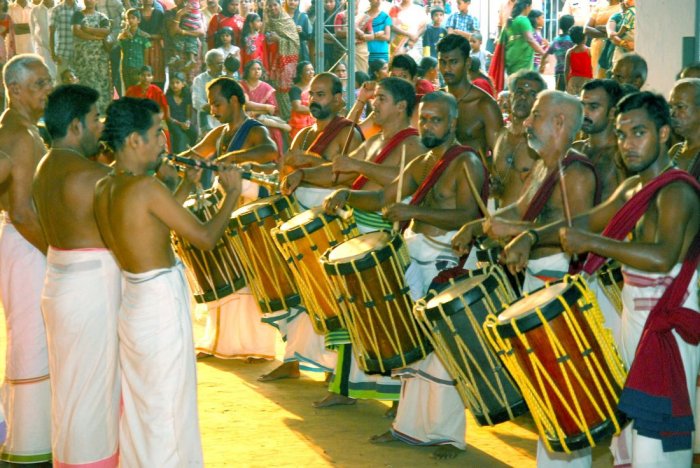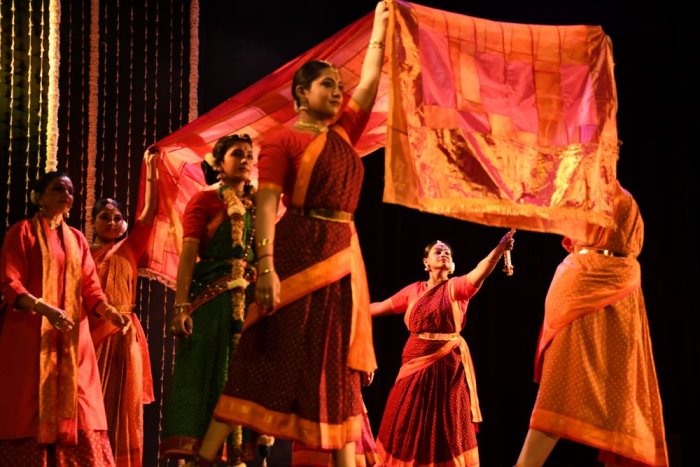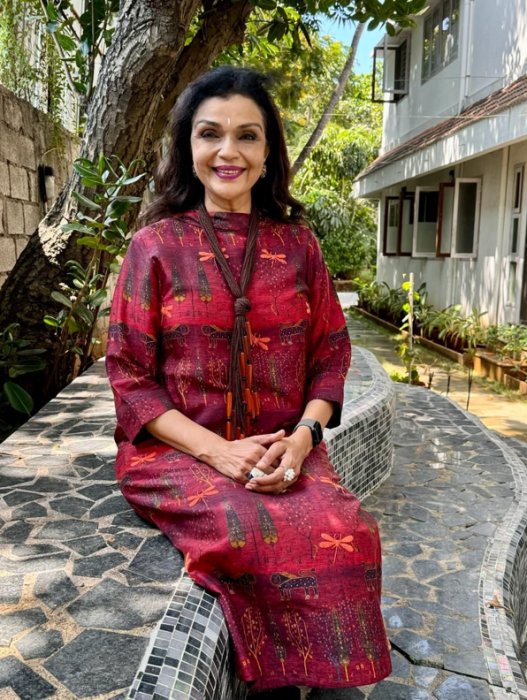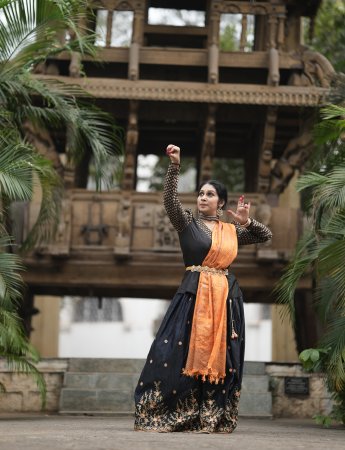Recently, I happened to see an Instagram video where Ms.Anita Ratnam was beseeching artistes to not pay and perform. It was, I suppose, in the context of the coveted Margazhi season. However, it got me thinking if we could respectfully explore the greys here. And don't get me wrong, I definitely empathize with her perspective about not compromising on the beauty and quality of the art form. I myself recently had to pay for a performance, it was a truly nominal amount and before I wanted to take myself on a guilt trip, I thought, why not use some more lenses on this topic!
Please provide your name / email id along with your comment. Anonymous and derogatory comments will be removed.
